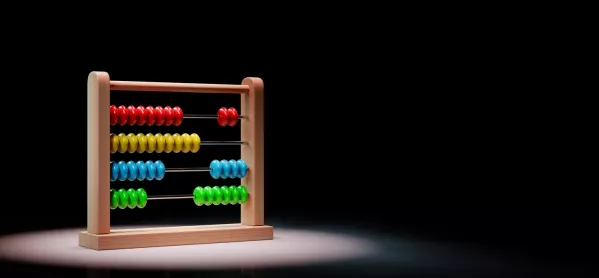The Department for Education has admitted it mistakenly under-reported the number of children of critical workers attending school last week by more than 100,000.
The admission comes amid concern from teachers and heads over the number of critical worker children at school during lockdown, after the eligibility was expanded.
Tes reported last week that attendance has risen to five times that in the first national lockdown.
In last week’s dataset, the DfE reported that 709,000 children of critical workers were in attendance.
But the newest release, published today, states: “Note that the figure for 13 January was incorrectly reported as 709,000 last week. This has now been corrected in that release.” The updated figure is 820,000.
‘Sitting ducks’: Teacher school opening fears revealed
Coronavirus: School reopenings ‘will not be straight after half-term’
Gavin Williamson: Teachers to get two weeks’ notice of school reopenings
The number of critical worker children attending school on 21 January shows a 7,000 fall from last week’s updated figure, to 813,000.
Coronavirus: More pupils in school than during first lockdown
The change has not affected the overall percentage of attendance at school last week.
And this figure has not moved substantially week-on-week, standing at 14.1 per cent in the latest data, up from 13.9 per cent the week before
But the number of vulnerable pupils attending school has risen to 28,000 from 25,000 in that time.
Early years settings have seen a rise, from 566,000 to 603,000.
Broken down by school type, attendance on 21 January was 21 per cent in primary schools, 5 per cent in secondary schools and 30 per cent in special schools. This is the same as it was on 13 January, but higher than in the first lockdown.
Overall, 99 per cent of state-funded schools were open to children of critical workers and vulnerable children.
This figure is also higher than during the first lockdown. In May 2020, around 80 per cent of schools were open to children of critical workers and vulnerable children, according to the DfE.
